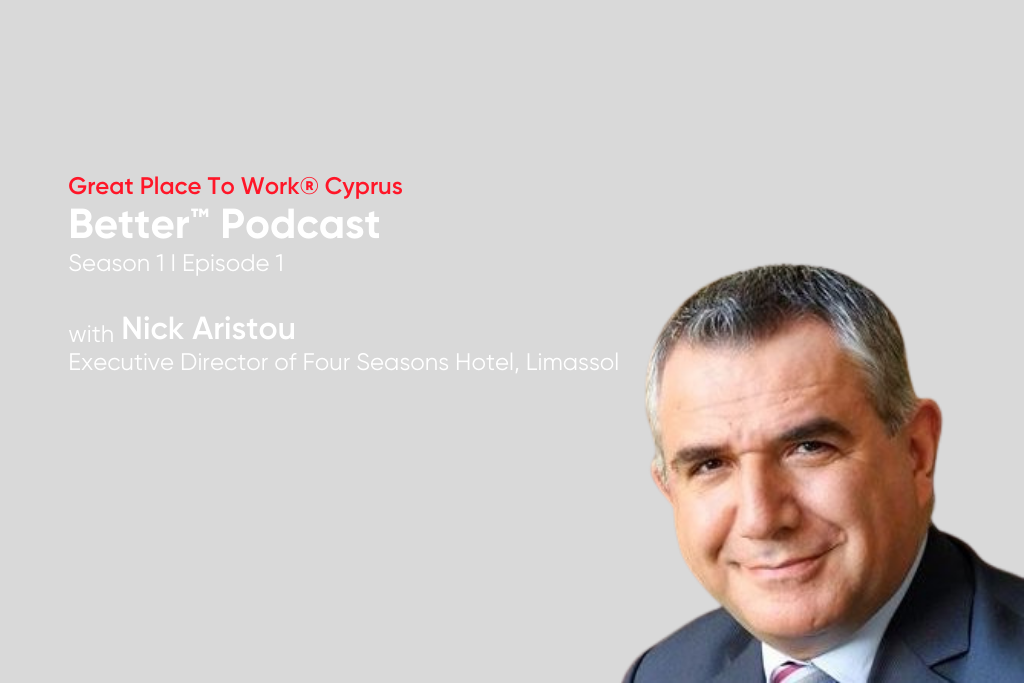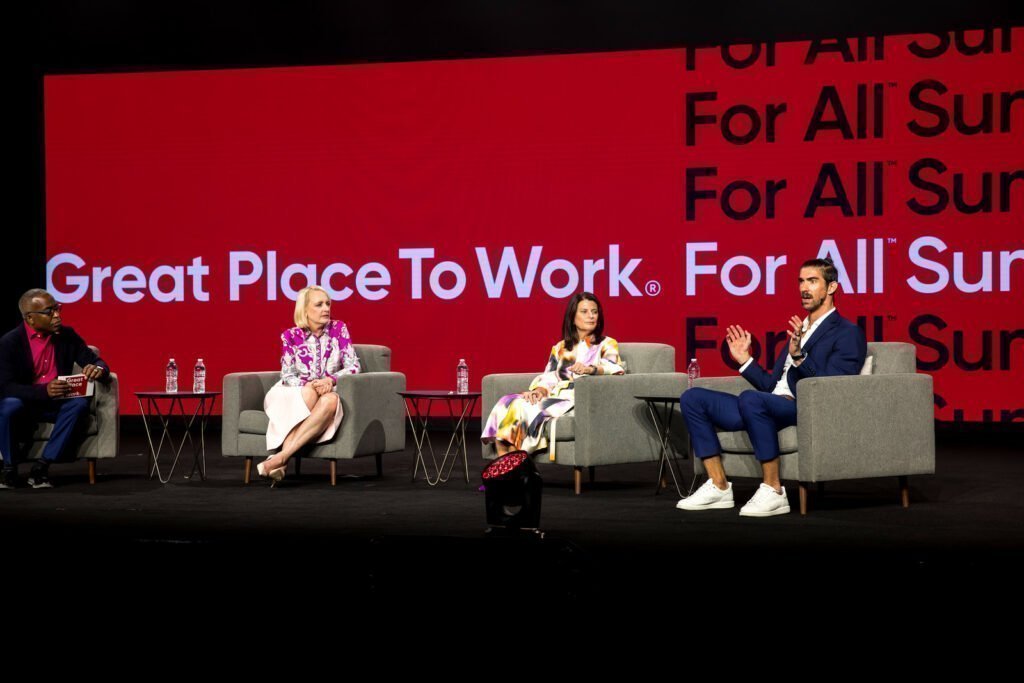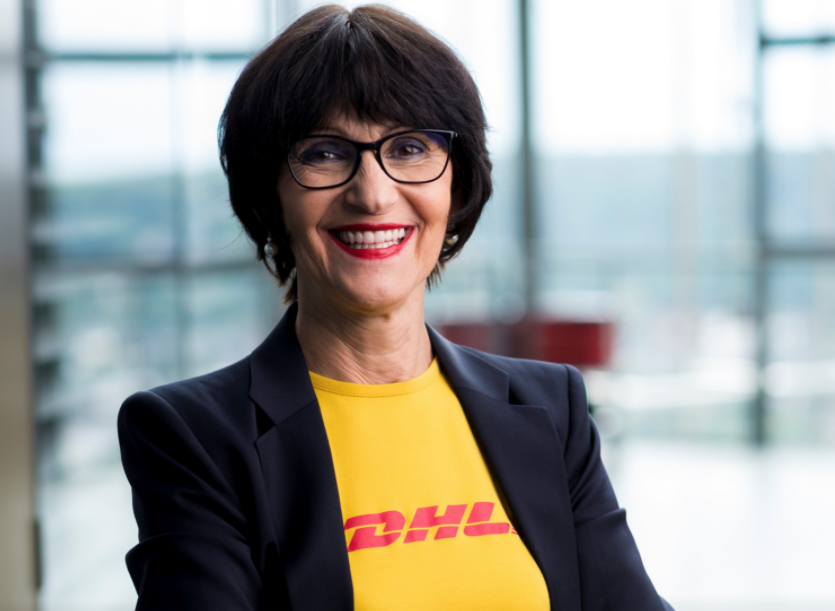by Claire Hastwell, Great Place to Work® USA, 08 March 2022
From trainings and promotions to internal communications and ERGs, managers can foster more fairness for women in the workplace.
Gender bias and discrimination are unfortunately still a major issue in the workplace across the country.
When women aren’t appointed to leadership positions, decisions for women are being made by executives who may not fully understand the scope of women’s issues, such as access to equal opportunity, harassment, patriarchy, the debate over reproductive rights, the gender pay gap, and other lesser known issues.
In the year 2022, women are still paid less compared to men. Research shows that even after 15 years the gender gap in pay has remained relatively constant. In 2020, women earned $0.82 for every $1 earned by men—this gap is even larger for women of color.
This is why Katie Barnes, CHRO at BHG, has made it her mission to use her leadership position to make the workplace more equitable for women.
Katie oversees the strategy and direction of BHG’s People Development (PD) department, leading various programs such as Talent Acquisition, Talent Management, Employee Experience, and Compensation.
Katie has been with BHG for nine years and in that time built an inclusive workplace for women. As a result, BHG not only incorporates webinars and workshops geared toward women leaders, but also ensures any decision-making process includes diverse perspectives.
BHG’s push towards diversity is one of the reasons its leadership team is over 40% women, compared to the national average of 21%.
In light of Women’s History Month, Katie has shared six tips on how leaders and managers can ensure women can be lead, be heard and succeed equally within their organizations.
1. SCHEDULING MANDATORY DIVERSITY AND INCLUSION TRAINING FOR PEOPLE LEADERS
As part of its employee experience program, BHG offers numerous webinars and courses – ranging from financial wellness to meditation and work/life balance. Management and leaders are also required to take inclusivity courses that teach them how to cultivate a voice that empowers all employees.
While inclusivity training videos are common, it is vital that you find videos and platforms, such as LinkedIn Learning, that can speak to the culture, tone and issues your own organization is facing.
2. PARTNER WITH YOUR COMPENSATION TEAM TO ENSURE YOUR PROMOTION STRATEGY IS FAIR AND TO BRIDGE THE GENDER PAY GAP
A significant role that the people development or human resources team can play in an organization is being the voice that the employees simply need. Many companies can be so laser focused on the bottom line that some decisions can unintentionally harm morale or come across as unfair.
“Companies can be so laser focused on the bottom line that some decisions can unintentionally harm morale or come across as unfair.”
That is why each quarter BHG sits with their compensation team to confirm that all demographics are being paid fairly and to stay ahead of any red flags in pay or other forms of unfairness that may negatively impact employees.
Understanding employee needs and the issues they face also goes beyond pay; sometimes they face roadblocks that don’t show up in compensation reports.
That is why areas such as internal communications, or even having a close-knit relationship with department leaders is vital. This ensures messages of inclusion aren’t only being relayed but also observed.
3. BE AN EXPERT WHEN IT COMES TO YOUR ORGANIZATION’S BENEFITS
HR is a great resource for divulging knowledge on your company’s benefits; however, as a people leader, you can also be an advocate for your team and encourage them to use benefits that best suit their individual needs.
BHG offers all employees two sessions with a licensed therapist per month, as well as life coaching services. These coaching benefits rely on regular promotion by people leaders and are proving especially beneficial for working mothers.
When planning out benefits, it’s important to be an expert not only on policies, but on what your team needs. Much like you know what your family needs to foster a healthy home life, it is the role of the HR team to know what benefits employees need to foster a healthy work life.
Be an advocate not only in recommending your benefits to certain employees who need them, but also an advocate to the company to add benefits that benefit women, mothers and any other underserved demographic.
A practical way that BHG approaches this goal is using twice annual employee engagement surveys to identify areas of need and then adjust both benefits and employee experience programs based on the results.
4. BE MINDFUL OF RECOGNIZING YOUR TEAM MEMBERS EQUALLY
If your organization offers regular opportunities for you to recognize your team, take time to make sure you are being intentional in your recognition efforts, especially in roles primarily dominated by males.
As a FinTech, many of BHG’s roles are in the technology space; however, in their monthly award ceremonies, BHG encourage people leaders to avoid nominating the same employees more than once during the calendar year so that they can recognize a larger number of employees.
Use recognition ceremonies, announcements, and newsletters to shine light on a number of employees, and take stock of any trends that may be marginalizing certain groups or individuals. Also use these announcements as times to remind them of unique benefits or workshops.
5. AVOID MAKING ASSUMPTIONS
Recognizing unconscious biases is one of the first steps leaders can take in promoting equity among their teams. Instead of making sweeping assumptions about the needs of women in the workplace, take the time to get to know your team members individually, including their strengths, passions, or motivators.
One way to avoid making assumptions about the needs of women in your workplace is to implement one-on-one sessions throughout the year with team leaders.
BHG ensures their people development team meets with leaders and managers at least twice a month to discuss their needs, as well as the needs of their teams. This feedback allows managers to hear about challenges first-hand while also fostering an environment of communications and understanding.
It’s very important that your workplace promotes an open space for all employees to speak up on issues affecting them. While we usually think of internal communications only existing from the C-suite down, all employees play a role in proactive and beneficial communications.
It is important to ensure that all employees, especially those who oversee a team, use inclusive language, fair and balanced communication styles and have open conversations to combat any problematic assumptions.
“Getting to know employees on a deeper level is key to creating an inclusive and open environment.”
Understanding and getting to know employees on a deeper level is key to creating an inclusive and open environment.
6. CREATE A SAFE SPACE FOR YOUR EMPLOYEES TO BE HEARD AND FEEL SEEN
Employee resource groups (ERGs) are a great way for people leaders to create an inclusive environment for their team members. BHG developed a “Women in Tech” employee resource group that allows female employees in technology roles to connect, network, and learn from one another.
The next employee resource group in the works is a group dedicated for working parents to come together, which is even more necessary since transitioning to remote work.
ERGs do not have to be formal or complex. An ERG could simply be a few leaders in a Slack or Teams chat, or a scheduled Zoom lunch to discuss a book, topic or even host a guest speaker.
Encouraging curiosity, creativity and open communication isn’t only great for fostering innovation, but also for fostering morale and true bonds for your team.
These are just a few of the ways that BHG has ensured inclusivity with the help of their people development department. But there is no shortage of ways to encourage open dialogue -through open dialogue, creative thinking and buy-in from your company, you can also begin allowing all voices have a place at the table at your company, too.







